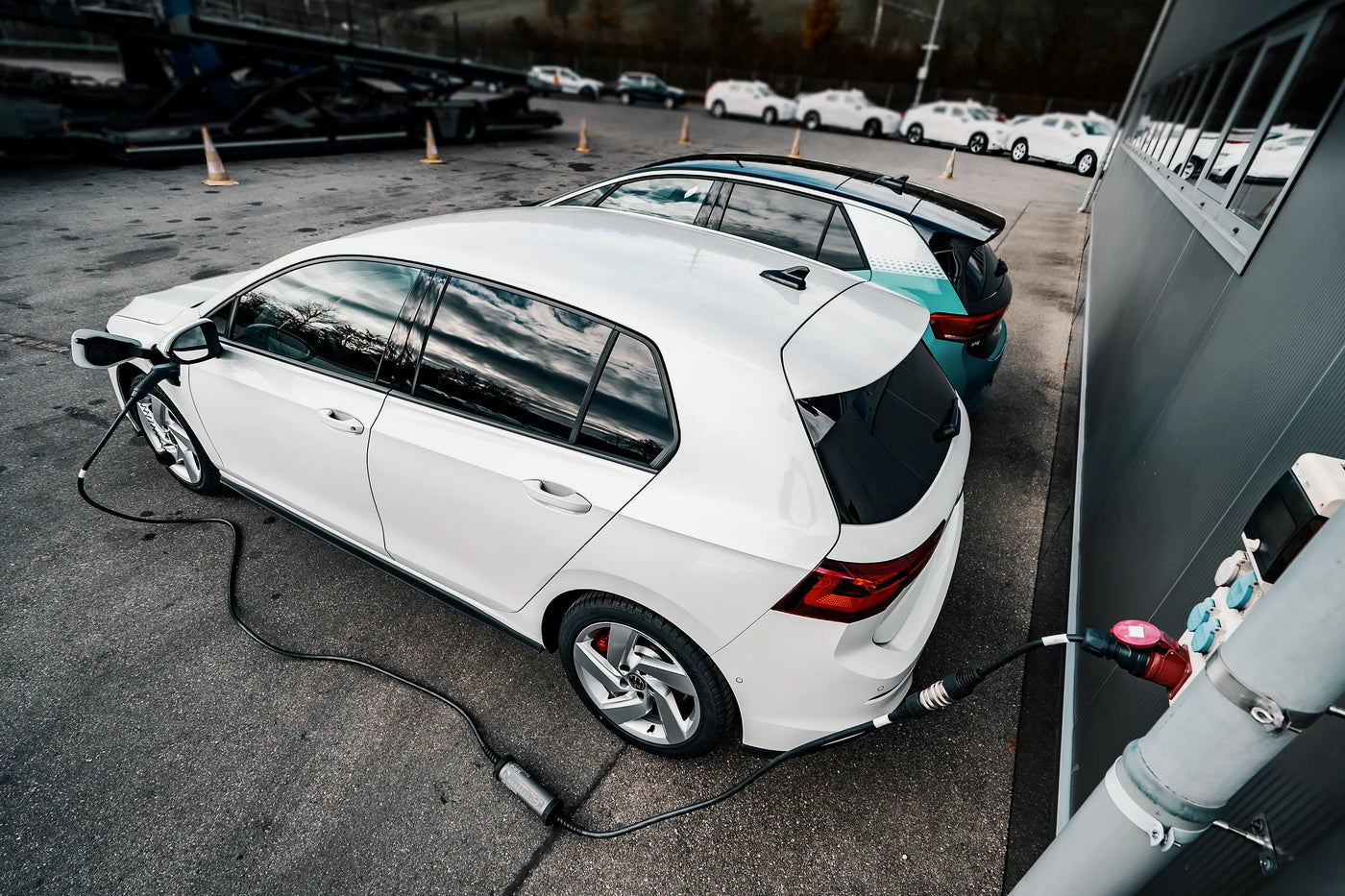Every new industry tends to celebrate itself with acronyms.
These types of electric cars exist and this is what the abbreviations mean:
EV or BEV | (battery) electric vehicle | the fully electric vehicle

The drive of the electric vehicle is entirely electric. The car essentially consists of a battery and an electric motor - that's it. This simplifies the drive train and the entire engine technology because, unlike a hybrid, for example, no additional combustion engines are required.
HEV | hybrid electric vehicle | the hybrid engine

The hybrid engine is a kind of symbiosis of a combustion engine and an electric motor. The car is mainly powered by the combustion engine and the electric motor serves primarily as additional support, usually connected via a complicated transmission. The electricity for this is obtained from a generator built into the vehicle, which is powered by the combustion engine.
If you think about it like that, you might also ask yourself: What is the point of such a construction?
PHEV | Plug-in hybrid | Hybrid engine with battery charging from the power grid

It's the same as a hybrid, except that the power is also supplied from outside - i.e. by charging. In addition, the electric motor often has more power than in a simple hybrid vehicle. Nevertheless, the question remains whether it makes sense to carry two drives. A bit like if you had packed a horse in the Ford Model T back in the day.
REX | Range Extender | BEV with separate gasoline engine as power generator

Here, the combustion engine only runs to generate electricity. The drive is entirely electric, the petrol engine is not flanged to the transmission. This is intended to allay the public's range anxiety. Perhaps justified with very small batteries, but actually a few kWh more battery would be the better solution.
FCEV | fuel cell electric vehicle | fuel cell / hydrogen drive

Hydrogen can be used in two ways: Either it is used to fuel a conventionally constructed combustion engine. The explosion is then called an oxyhydrogen reaction. The engine itself works in the same way as a gasoline engine. Or it is used to supply energy to a fuel cell. This converts the hydrogen into electrical energy in an electrochemical process. The only exhaust gas produced is water vapor.













